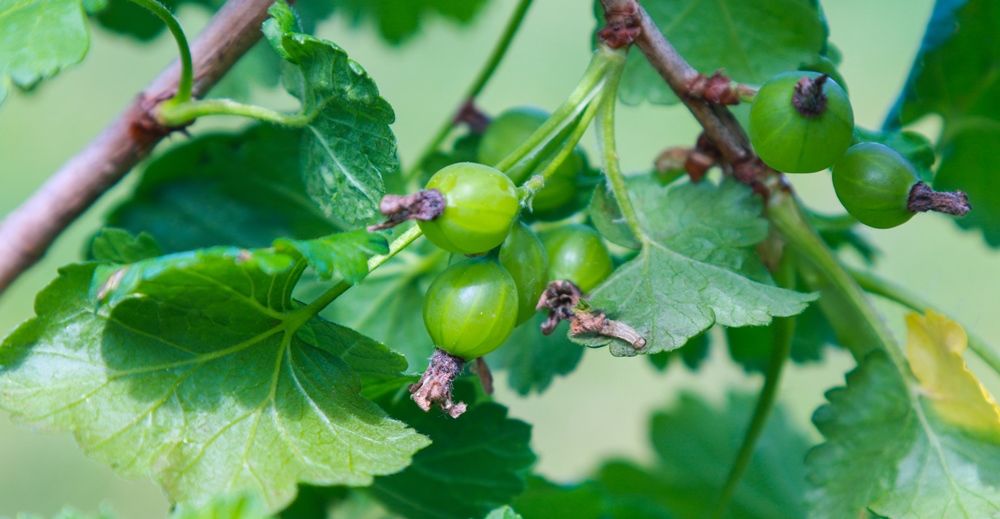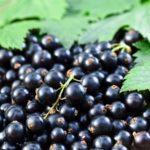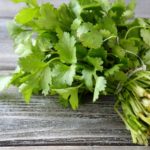10 Facts About Gooseberry – Interesting and Useful Facts
Can you name a berry that looks somewhat like a “Chinese lantern?” The answer is – “Gooseberry”! Now let’s check these ten facts about gooseberry and find out more about this interesting and useful fruit.
10 Facts About Gooseberry
- Gooseberries have fascinated Europeans since the time of Britain’s King Henry VII. It is believed that in ancient times, fairies used to hide behind gooseberry bushes to take shelter from danger, hence they were popularly known as “fayberries.”
- Today, the gooseberry is not centralized only n Britain, it is also extensively cultivated in other tropical areas like Hawaii, Australia, New Zealand, South Africa, Asia, and South America.
- Gooseberries are fast-growing deciduous shrubs, 3 – 5 ft tall. The fruit of the berry is borne singly or in pairs and contains seeds at the center.
- A gooseberry may be green or yellow when immature and becomes red, purple, or black when fully ripe. Sometimes the gooseberry is easily confused with a plum when they become large and bright glossy red.
- Gooseberries generally drop when overripe and spread their own flavor, which is as delicious as apple, strawberry, or grape.
- Another fact – gooseberries are categorized as American and European types, which again consist of a number of varieties. They are: Pixwell (American) – light green or soft pink ½ inch long berries, Welcome (American) – sweeter and darker than Pixwell variety, Clark (European) – large, red berries, most popularly cultivated in Europe, Fredonia (European) – available in early-mid season.
- Be careful while selecting gooseberries. Choose the hard and dry berries that have shiny skin. Green gooseberries are best for preparing pies and jams while the ripe ones can be eaten fresh.
- The fruits retain their freshness in the refrigerator for two weeks. Don’t worry if they turn soft and purple, they can still be used for puree for another week.
- A gooseberry usually tastes tart and quite bitter. Dried gooseberries are a tasty treat anytime. The tart or less bitter varieties are used in salads or as a garnish for desserts. It is advisable to take off the peel of berries before using them in food.
- In calculating the nutritional score, 100 grams of raw gooseberries provides 40 Kcal food value. A gooseberry is a rich source of Vitamin C as well as a sufficient amount of dietary fiber.




























